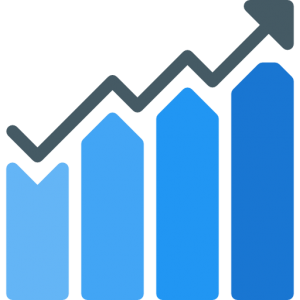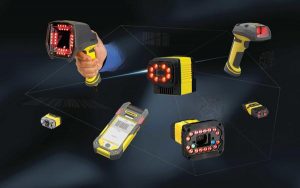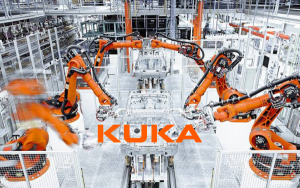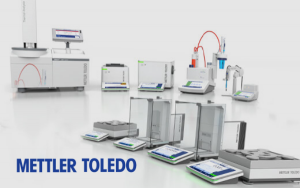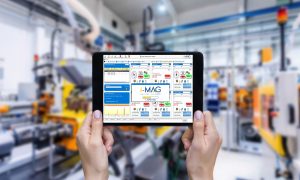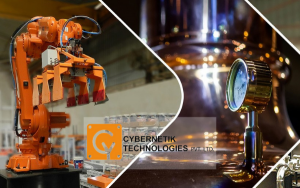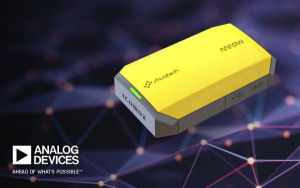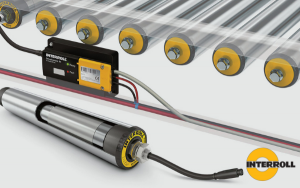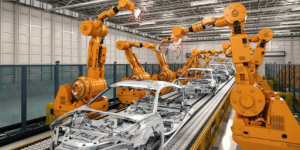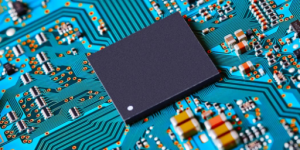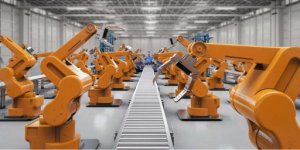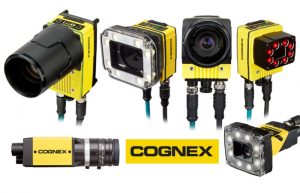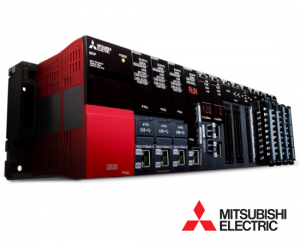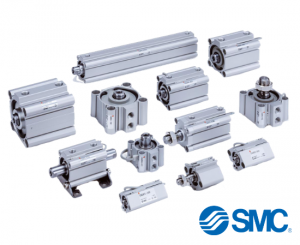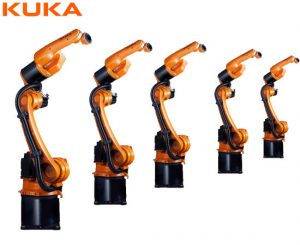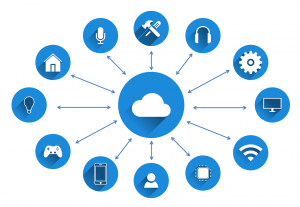Looking to the future, Robotics and manufacturing will increasingly be defined by big data and the ability of AI systems to analyze and act on production information.
Robots can now acquire skills to perform tasks through advanced machine learning enabled by the development of integrated sensors and cloud-based analytics. This trend will continue, aided by faster 5G wireless networks and advanced robotic ingenuity.
Factories of the future will use big data collection and analysis to empower robots to make quick decisions in the manufacturing process, even when presented with unfamiliar equipment and objects .
As shown below, the future of robotics involves more autonomous robots where robots are increasingly mobile, intelligent, responsive and agile.
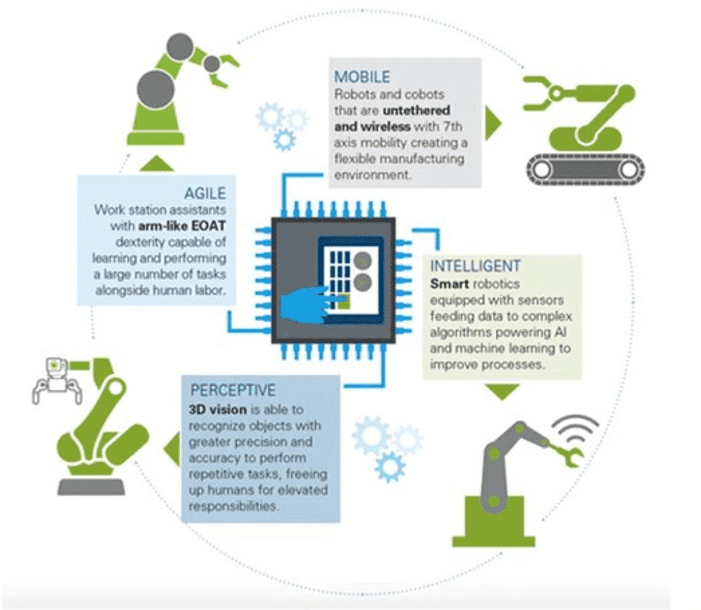
The last few months have seen an increase in attention towards Artificial Intelligence (AI) and robotics. The reality is that robots have become part of society; In fact, it is now an integral part. Big Data is certainly a buzzword these days as well.
Businesses around the world generate huge amounts of data. The data has no specified format. It can be both structured and unstructured. Years ago, the generated data used to go to waste as no analysis was performed on it. But now with the advent of Big Data, data is processed and analysis is done on most of the generated data. Analysts ensure that they can find meaningful patterns, trends, and associations that simplify business decisions.
Today, Big Data is such a big deal that even small and medium sized companies have to consider all the Big Data perks they wish to benefit from. Big Data has a lot of benefits, but the biggest advantage is to collect a surprising amount of information and then analyze all the information obtained from the web. The term “Big Data” is relatively new, but the concept has been part of the robotics world for a long time. Director of Auton Lab, Arthur Dubrawski says, “Robots have always been data-driven from the beginning.” The robot’s operational definition is all about doing the following sequence in a loop: sense, plan, and act.
Almost all activities that take place around the robot and in its surroundings are sensed by the robot. Robots perceive and perceive through their built-in sensors to be aware of what is happening around them. To meet desired purpose and reliability in a complex environment, planning is required. In addition, to achieve the planned goals, it is necessary to implement and monitor the planned actions. Did you realize that all the steps above involve using large amounts of data? There are a large number of modules for sensing purposes, some of them are range, position, visual and tactile sensors and others. Some of these sensors generate large amounts of data. AI has been part of the Defense Research and Development Organization (DRDO) as the Center for Artificial Intelligence and Robotics,
According to Dubrawski, “robotic technology powered by AI has been oriented towards analytics since its inception.” He also believes that robots are capable of sensing and perceiving data through their sensors. They then link what they perceive to actions through planning. Thus, performing analysis and information processing at all stages in a loop of consciousness, planning, and action. For many years now, we’ve relied on technology and borrowed analytics from methodologies like machine learning and many others. However, the robot occasionally offers some initial research and techniques. These techniques are usually designed to solve problems related to robotics, but they can later be used for any application.
How has Big Data affected artificial intelligence?
5 Big Data-powered AI implementations:
Increased processing power: With the development of microprocessors in recent years, there has been a strong growth in computing speed. Billions of instructions can be processed in microseconds. Along with traditional sequential computing through the CPU (Central Processing Unit), there is the advent of parallel computing through the GPU (Graphics Processing Unit). This has really increased data processing speed and helped create advanced protocols for machine learning in AI applications.
Large-scale and low-cost memory device availability: Big Data can now be stored and retrieved using efficient memory devices such as DRAM (Dynamic Random Access Memory) and logic gates like NAND. Data no longer needs to be located in some central location or stored in the memory of a particular computer. In addition, there is a lot of data generated and processed every day to fit a single device. Due to cloud technology, data can be stored in a distributed infrastructure and parallel processing can be performed on the data. Therefore, the results of large-scale calculations such as Cloud technology are used to build the AI knowledge space.
Learn from real data sets, not from sample data sets: As soon as AI is born, machines must learn new behavior from a limited set of samples, along with a hypothesis-driven approach to analysis data. It’s the traditional way; now, with Big Data, machines don’t have to rely on patterns. There is a large amount of actual data that can be used at any time. Algorithms used to process speech and images: Understanding and learning from human communication, also known as Machine Learning, is a fundamental requirement of AI. The human voice datasets are numerous in number, with many languages and dialects. Big Data analytics supports the analysis of data sets to identify words and phrases. Similar is the case with image processing, as it defines the appearance, contours and maps for information processing. Big Data analytics allows machines to recognize images and learn how to respond.
Open Source Programming Languages and Platforms: If it is possible to store a data set in a single storage device, then the AI data model will use programming languages that are not too complex like Python or R, which is also known as a data analyst. It is unlikely, for commercial scale operations, that enterprises use Hadoop to manage Big Data. Hadoop is an open source, java-based software framework capable of reading and analyzing distributed data sets. Since Hadoop is open source, it is reliable and a free programming tool for data analysis. It has made AI algorithm execution more efficient.
Today, AI analytics and Big Data are known to be the two most promising technologies that businesses can utilize in the coming days. AI along with Big Data will ensure businesses make smart decisions based on available historical information, but understanding the interconnectedness and interdependence of these technologies is what leads to success. labour.


